
Elvira and Me is now available as an eBook for iPads and iPhones, via Blurb.

Elvira and Me is now available as an eBook for iPads and iPhones, via Blurb.
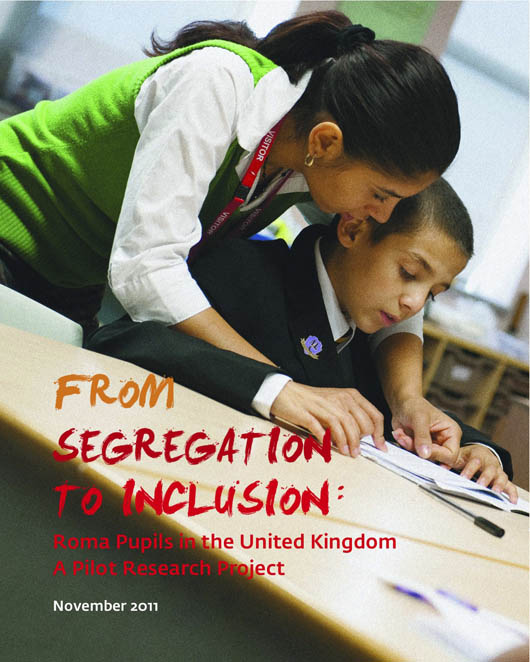
A selection of my photographs from Cedar Mount, a high school near my home, has been used to illustrate a study into the experiences of migrant Roma children in UK schools, written by Equality and published by the Roma Education Fund. Cedar Mount has about 100 Romanian Roma children – roughly one in eight pupils – as well as smaller numbers of Roma children from other Eastern European countries. I wrote about the school’s successes – and the challenges it faces – for Times Educational Supplement Magazine earlier this year. One of the things Manchester’s education authority has started doing – with great foresight in my opinion – is employing classroom assistants from the Romanian Roma community, almost all young adults who speak English but have not themselves benefitted from a formal education. There are several reasons for this – it shows the community that they are valued in this city; it raises aspirations by proving to Roma children that they can have the same ambitions and expectations as the rest of us in the UK, and it builds the confidence of this group of adults, who will hopefully go on to become links between different sections of the population. Ramona, who I have been focusing on for my major project, and who appears in the image above, is one of these people and the only woman. The report is available at Equality’s website.
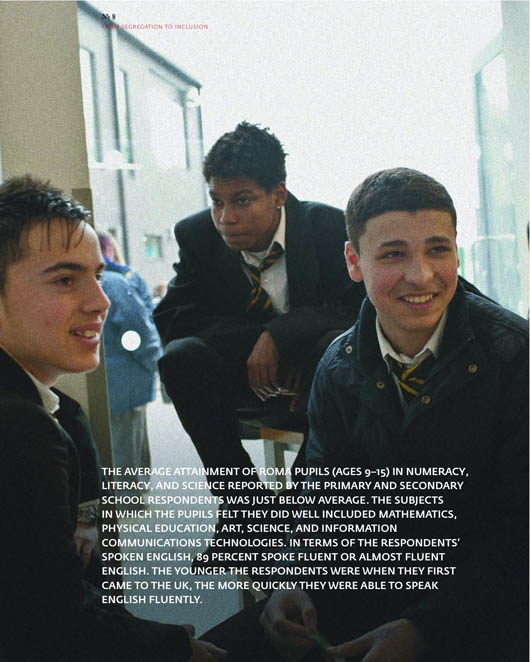
Not especially part of my project but interesting characters nonetheless:

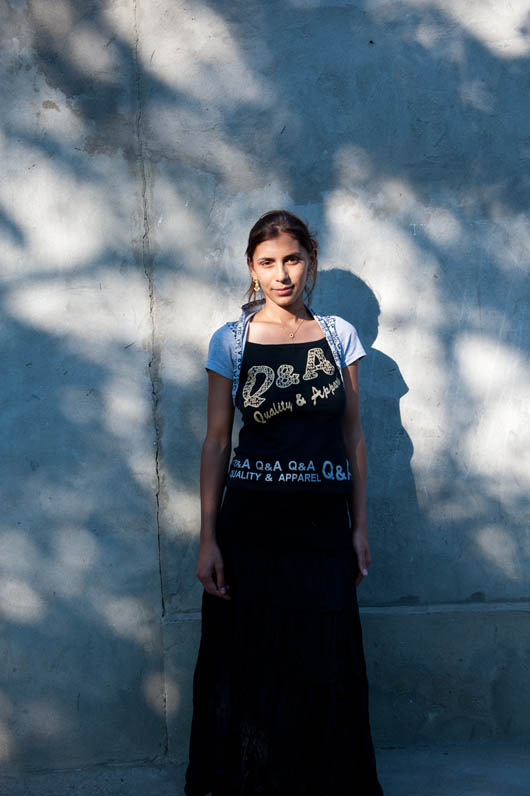
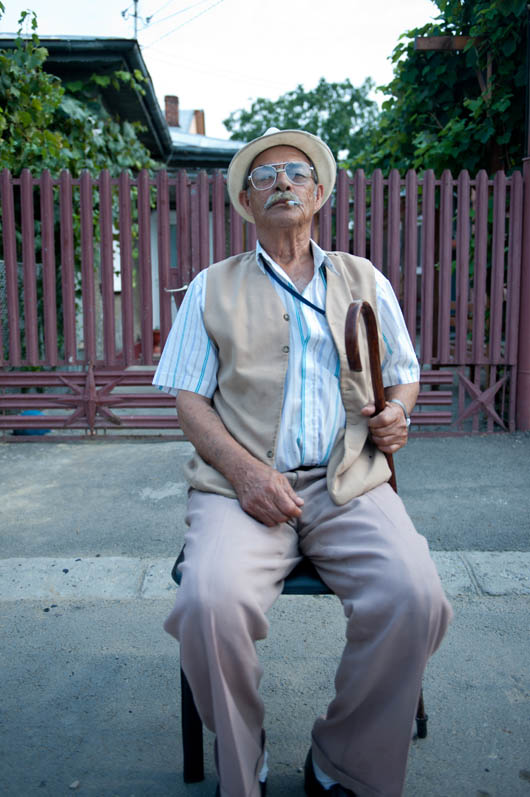
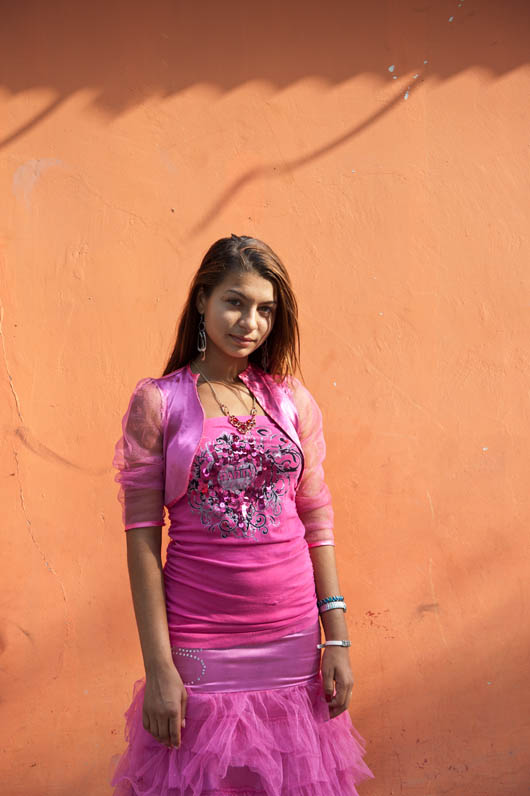
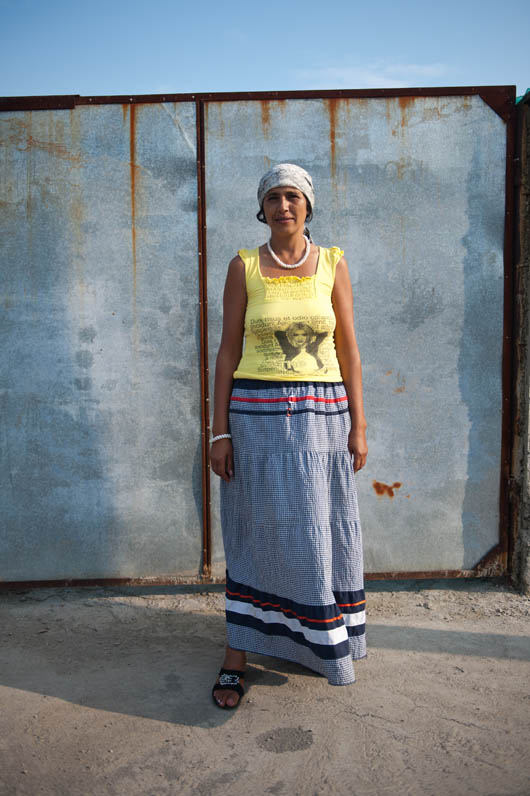

I spent this morning watching Ramona, who I’m going to Romania with in a couple of weeks, helping Roma clients with documentation problems at the Manchester Sure Start centre where she is now working much of the time. I am still amazed that when I met her for the first time in February – just six months ago – she was doing this for a living:

This really goes to show how the right support really can make a difference to migrants who are bright and determined to grasp what’s on offer to them. Ramona never went to school and has been in the UK just two years. In that time she has become fluent in English and learned to read and write. She is certainly a special case but a few success stories like her within the Romanian Roma community here is bound to have an impact in terms of raising the younger generation’s aspirations.
In other news, I’ve been reading a borrowed copy of On Being a Photographer (David Hurn and Bill Jay) over the past week and have just got to the part about planning photo essays. Th current project is the first time I’ve been really systematic about what images I’m trying to produce so I was reassured to already be doing more or less what Hurn recommends.
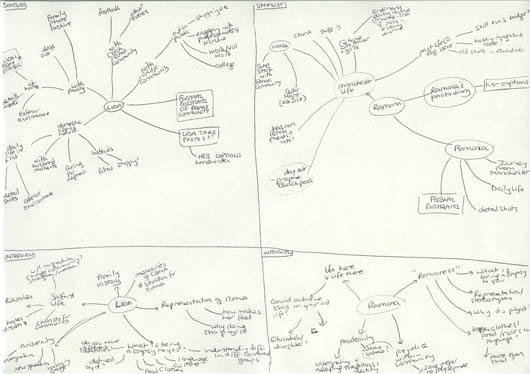
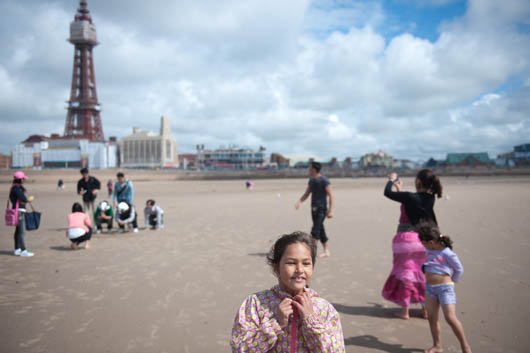
Today turned out to be a lovely day to visit Blackpool, to show my new Roma friends the sea for the first time, and to test out my new ND8 filter before I need it in earnest in Romania in a few weeks time. The vignette it produces, from stacking on top of my UV filter, gives the resulting images a Holga-esque kind of feel which I sort of like. It could start feeling a bit gimmicky if overdone though. The train journey home felt like it was never going to end but I think a good day was had by all.
(I can’t ever go to Blackpool, by the way, without thinking of another trip I made there a few years ago, just as I was getting into photography:)
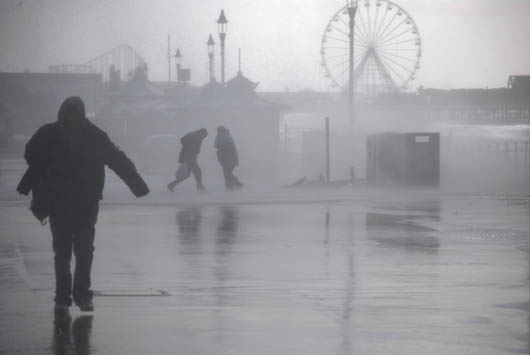
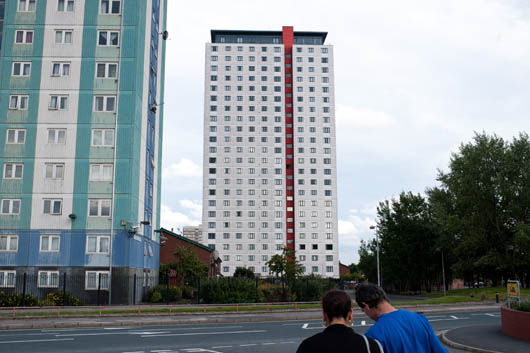
So the gradual immersion into my Roma project continues this week, and I’m still trying to find my groove. I know from past experience that it takes me time to feel really comfortable with these kind of documentary projects, and to find a kind of mental balance which allows me to overcome my own awkwardness. As always I’m full of nagging doubts – have I bitten off too much by trying to spend time with two different women, and how will I achieve the depth I’m after in my images within such a short time. While we technically have until mid November to complete this project I am being forced to spread my shooting out almost until the bitter end – most weeks I can only shoot two to three days in total because the ladies I’m working with are busy with other things, so I need to get motivated and start the academic research now so I can complete it in parallel. Inevitably I’m putting myself under a lot of pressure: I’ve wanted to do this project for such a long time now that I desperately want it to be good. Keep the faith Ciara, keep the faith.
Over the past few days I’ve realised that I’m faced with another challenge with one of my subjects – a large proportion of her spare time and time with her wider family is spent on a computer, skyping, checking facebook or playing games. There’s nothing wrong with that of course, it’s totally normal and is part of her reality, like most of us today. But it does’t make for particularly visual moments. This is where the patience of the photographer has to come in I suppose, waiting like the hunter for those moments in between. My terrible impatience was something – along with my awkwardness at the start of these projects – which I had really hoped to cast aside during the two years of this Masters, but I suppose I shouldn’t have expected miracles. Perhaps these characteristics are too engrained in who I am.
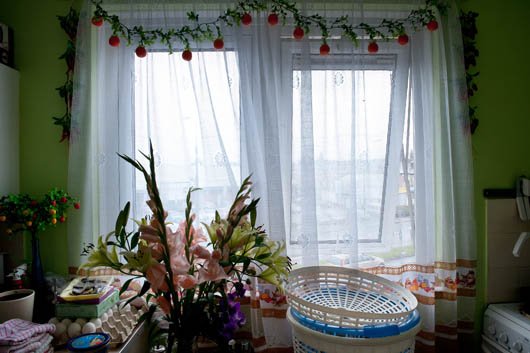
I chose to focus this project on not one but two young Roma women in Manchester because the past year or so has made me cautious to the point of paranoid that access is going to be a problem or people are going to let me down. My experience of putting together a series of written articles on the Romanian Roma community in Manchester (here, top row) was that finding the right people to talk to can be challenging to say the least, while finding anyone willing to be photographed can be even tougher. Then, almost immediately afterwards, my Rethink project on English Gypsies – a very different community despite their common ancestral roots – was mired in access difficulties not of my own making and was only saved thanks to the support of some good friends within that community. So when I was thinking through my ideas for this current project I decided to pitch my plan to not one but two women as a way of hedging my bets. To my astonishment, both said yes. Not only that, both seem quite enthusiastic about my ideas, in their own ways.
I couldn’t believe my luck when Ramona, who I have already worked with on this written story agreed that as well as spending time with her in Manchester, I could accompany her on a visit home to Romania later this month. It will be her first time home since she moved to the UK in 2009. Well, today things got still more exciting when Lida, the other woman I’m working with, invited me to accompany her on a short visit home to the Czech Republic in October. It feels like it may be cutting it somewhat fine in terms of the project hand-in date but this is surely an opportunity too good to miss, and with a lot of hard work and planning before and a bit of luck, it should just about work out.
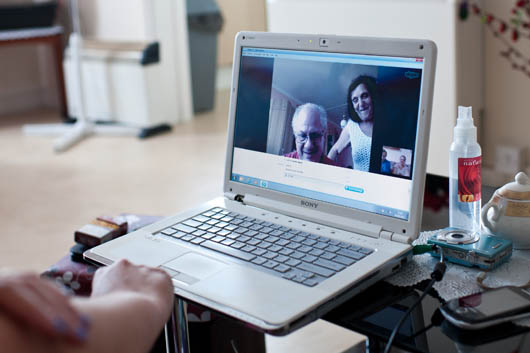
I have a story and photo in today’s Guardian Society, which has kicked off a debate in the comments section.

I have a big story – with photos – about Manchester’s Roma children in Times Educational Supplement this week, and got a lovely surprise this morning when I saw it had made the cover. The full story – minus images – can be read online here but I wanted to share how the piece looked on the pages. Cedar Mount High School deserve to be very proud of what they’re doing with these children.





For the second part of my project on the UK’s Roma, I met with members of the Romanian community from Manchester and Slovakian community from Leeds. I’m convinced that these people are profoundly misunderstood and unfairly tarnished by the actions of a minority. This is the start of a long-term project for me, which follows on from my interest in the British Gypsy and Traveller community. Download this week’s feature HERE or the entire investigation HERE.
If you live in the North, please buy a copy of the magazine. If it’s a Roma vendor, all the better.